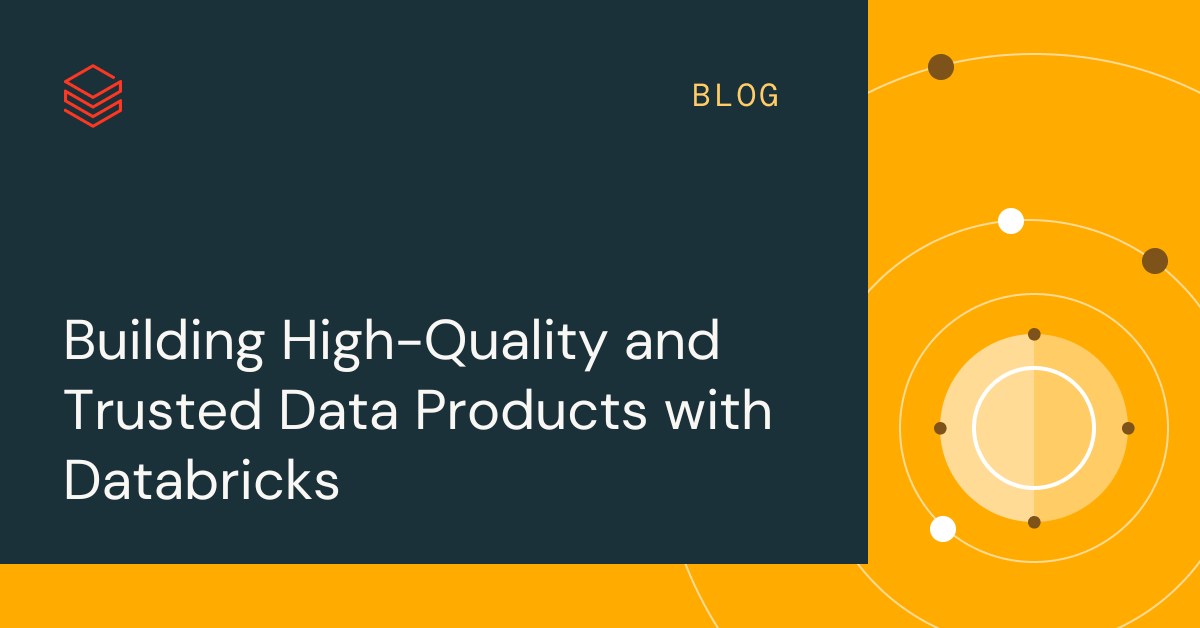Delivering Agentic BI: How to Unify Infrastructure, Data and Semantics
Summary
- AI agents are fundamentally changing the way companies generate business intelligence. But without knowledge of each company’s semantics, AI agents are useless.
- Instead, successful “Agentic BI” requires data intelligence, when the systems understand the company’s data and its unique business concepts.
- Agentic AI requires three essential ingredients to be unified: infrastructure, data and semantics.
Whether you’re leading a data team or rewriting SQL queries and building dashboards, AI is fundamentally reshaping how organizations act on their data. Successful AI-powered business intelligence, or ”Agentic BI,” requires data intelligence, when AI understands the company’s data and its unique business concepts to truly unlock self-sufficiency and turbocharge productivity.
Ultimately, that boils down to three essential ingredients: Unified infrastructure, data and semantics. In the recent webinar Business Intelligence in the Era of AI, Databricks co-founder Reynold Xin, along with other executives and customers, unpacked how organizations can embrace this shift. Below are top takeaways from the session.
Data and AI infrastructure needs unification
BI has existed for decades. The early 90s were the first time enterprises began to really extract value from their data. Then came self-service data discovery and cloud-based BI.
Now, Agentic BI is poised to make an even greater impact, with humans increasingly able to talk to AI agents in natural language to get the answers they want. The key to delivering that capability is giving the systems access to the data they need. And that starts at the infrastructure.
Over the last decade, companies have used cloud data warehouses for more BI use cases. At the same time, data lakes are using unstructured and semi-structured data to power more machine learning, data science and AI workloads. Copying data across these systems becomes a data governance nightmare. It’s hard to keep all the data accurate and up-to-date, which makes it difficult to do both AI and BI effectively.
Companies need to unify their infrastructure to deliver unified datasets. It’s why we invented the data lakehouse, an architecture that combines the best parts of data warehouses and data lakes. A unified infrastructure via a data lakehouse is the only way to drive agentic AI.
Agentic BI requires a unified data platform
AI requires a massive amount of data, and it will also generate a lot of data. Today, agents are interacting with humans. But soon, agents will be interacting with agents, and that will be generating even more data.
While AI algorithms need access to all of this data, BI workloads require faster access to smaller subsets of data. Increasingly, companies must be able to manage both through one unified repository that can scale to support both use cases.
Historically, this was done through two different data stacks. But built on data lakehouse architecture, the Databricks Data Intelligence Platform enables enterprises to handle both, as well as deliver unified governance across all their assets.
Unified and open semantics are a must for agentic BI
Today, many business intelligence systems offer built-in, proprietary semantic models that work for their specific platform. But enterprises might have more than one BI tool, or even multiple deployments of one BI tool. As a result, the semantic layer is fragmented across the BI landscape.
Companies need a single semantic layer, supported by unified governance. That’s what we’re building with Unity Catalog. And because it’s open and available as an extension from our Data Intelligence Platform, other BI tools can access and leverage the semantic layer, along with AI agents.
Explore how enterprises are leveraging AI-powered BI in the real world by watching the full webinar here.
Never miss a Databricks post
What's next?

Best Practices
July 30, 2024/4 min read
